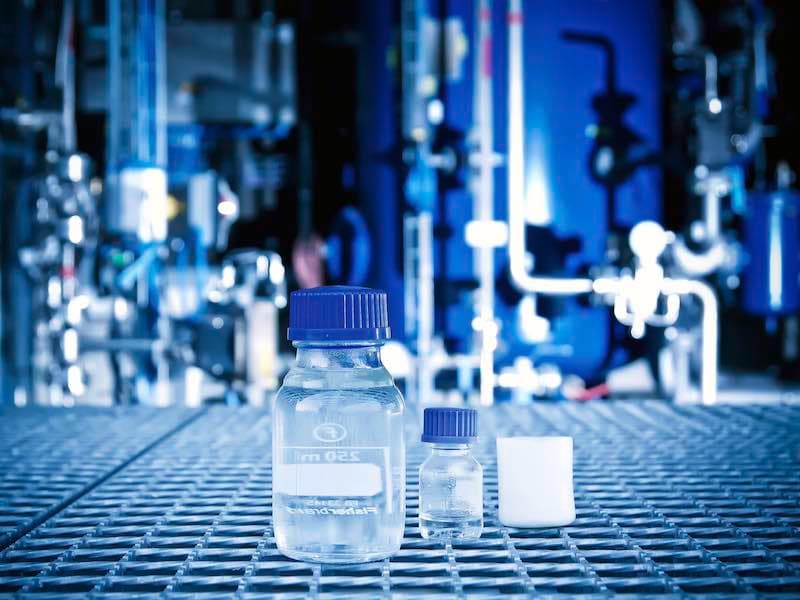Recent Articles
Popular Makes
Body Types
What is Audi’s e-Diesel Project?

Audi is working on the development of CO2-neutral synthetic fuels. Their latest project, with partners Climeworks and sunfire, is a pilot plant in Dresden that produces diesel fuel from water, CO2, and green electricity. The plant, which opened recently, demonstrates that the industrialization of e-fuels is possible.
The Sunfire plant operates according to the power-to-liquid (PtL) principle, which uses carbon dioxide, water, and electricity as raw materials. The green electricity is used to power an electrolysis unit that splits the water into hydrogen and oxygen, much like you may have done during an experiment in science class, though on a much larger scale.
Industrial carbon dioxide is usually produced as a side product of the production of hydrogen from natural gas (which is mainly methane, or CH4), but in this case, the carbon dioxide is extracted from the air using direct air capturing, a technology developed by Climeworks. The process is very efficient, with about 80% of the CO2 molecules that flow through the device being filtered out. The process is also quite simple; the CO2 is first bonded with a sorbent material, then released again, and then prepared for use as a pure gas (with 99.5% purity). Carbon dioxide currently makes up around 0.04% of the air (and climbing), and is distributed evenly throughout the atmosphere, meaning that the process can be used around the world. The technology has been proven, running continuously for over 12 months at temperatures ranging from 23°F to 95°F (-5°C to +35°C). The cellulose material in the adsorption (like absorption, but for a gas instead of a liquid) chamber is changed after four years of use, while other maintenance is minimal. The isolated CO2 can be used by plant nurseries, drink companies, or as in this case, for the production of synthetic fuels.
Once the raw materials have been isolated, the hydrogen is reacted with the carbon dioxide in two chemical processes that are conducted at a temperature of 428°F (220°C) and a pressure of 363 psi (25 bar) to produce a liquid made up of hydrocarbon compounds called Blue Crude. The entire process is up to 70% efficient.
The sunfire plant can currently produce approximately 42 gallons (160 liters) of Blue Crude per day, nearly 80% of which can be converted into a synthetic diesel called Audi e-diesel. This fuel is free of sulfur and aromatics, and has a high cetane number, meaning that it ignites easily. The properties of the e-diesel mean that it can be blended in any ratio with fossil diesel, allowing it to be used as a drop-in fuel. Carbon dioxide is thought to be one of the leading contributors to global warming, but because the carbon used in the fuel is taken from the air, the fuel is carbon neutral.

Photo by Audi Media Services
Audi started work on CO2-neutral fuels in 2009, and has several other facilities at work on the technology. The Audi e-gas plant in Werlte, Germany produces synthetic methane (e-gas) in a comparable manner, and drivers of the Audi A3 Sportback g-tron can fill up with it using a special fuel card. Audi is also researching the manufacture of Audi e-gasoline with Global Bioenergies of France. A joint project with Joule, headquartered in Bedford, MA, is working on the production of synthetic Audi e-diesel and e-ethanol using microorganisms.
sunfire GmbH is a German company that specializes in closing the carbon cycle and creating liquid (power-to-liquid) and gaseous (power-to-gas) fuels. For more information on sunfire, visit http://www.sunfire.de/en/.
Climeworks is a Swiss company that provides solutions for capturing CO2 out of the ambient air. For more information regarding Climeworks, visit http://www.climeworks.com/.
